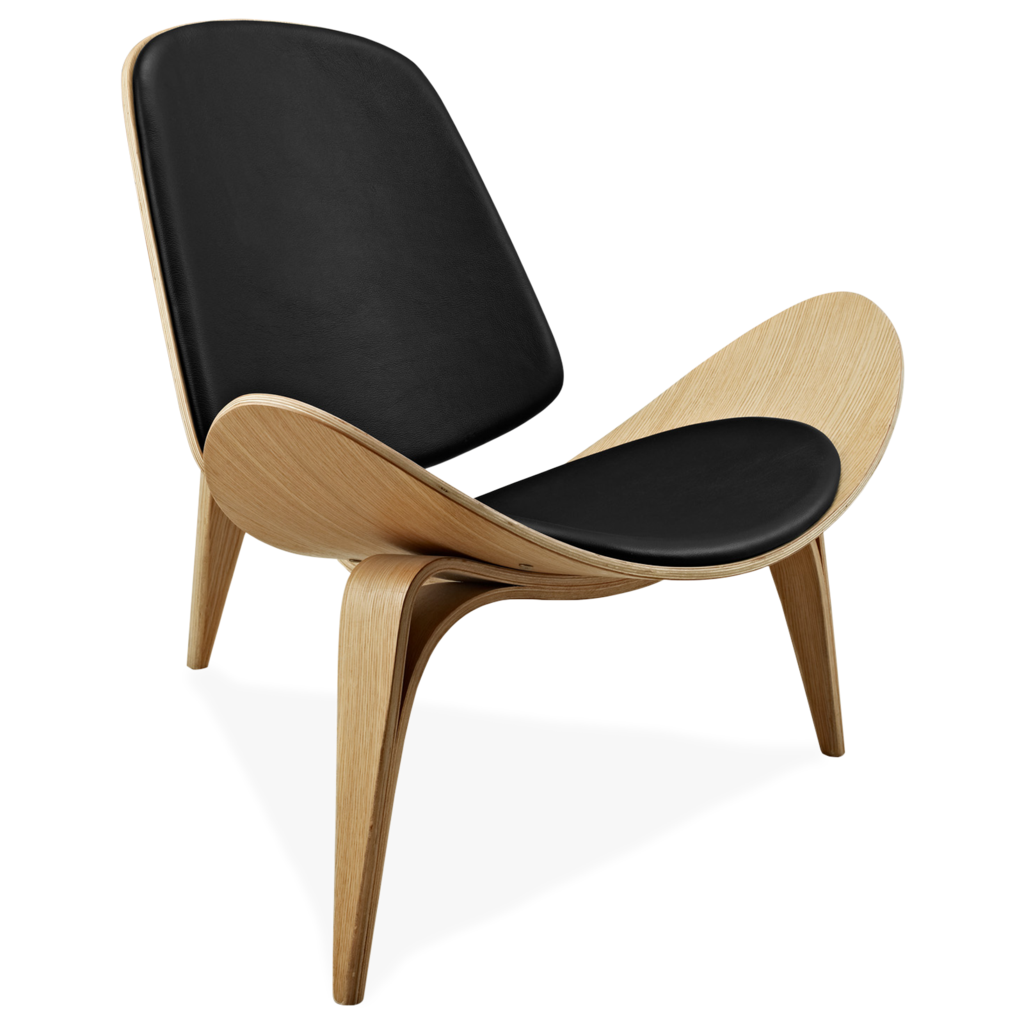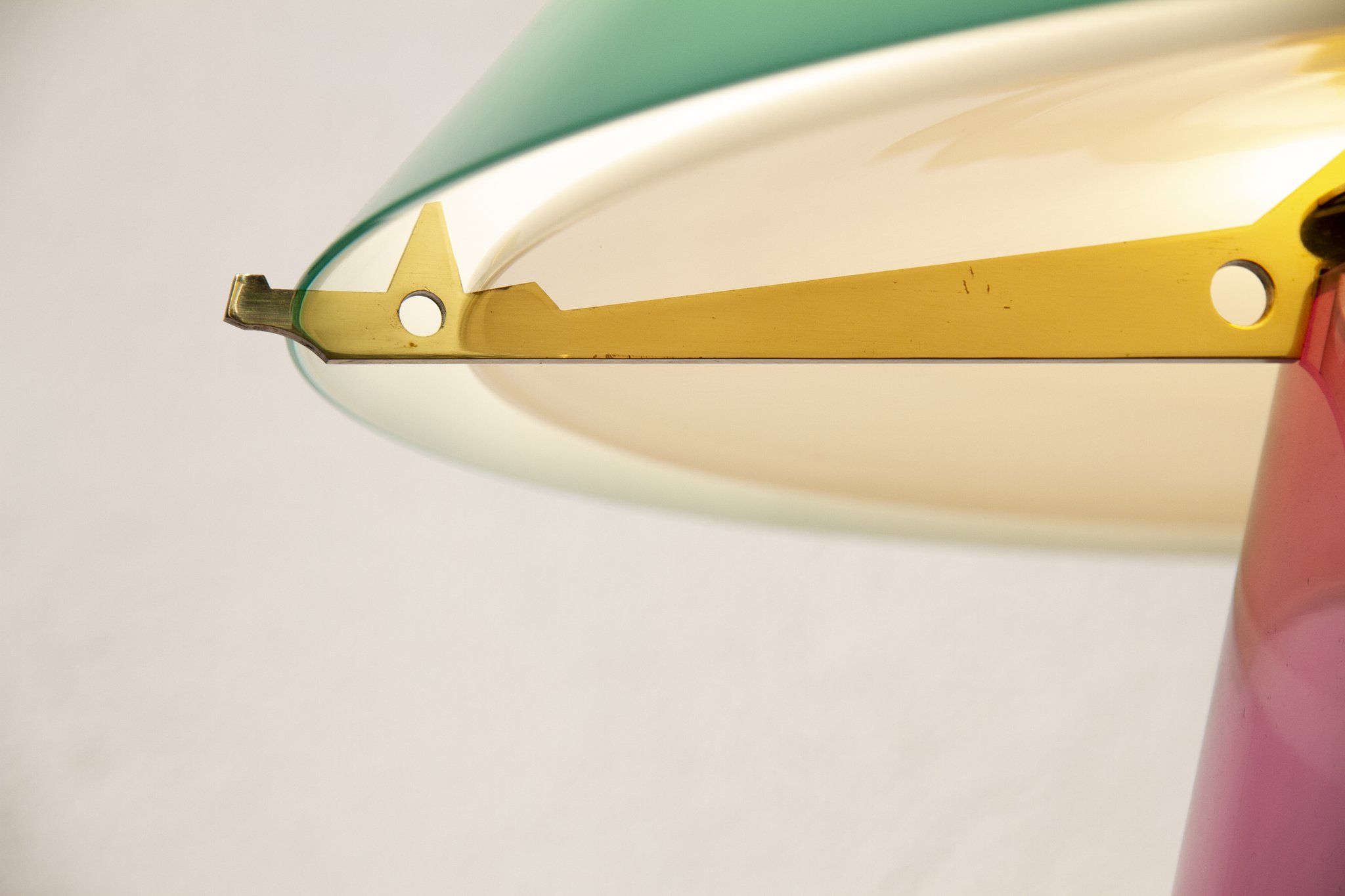"One day, you don't know why, you don't know how, you find yourself an antiquarian. You start out as an antiquarian and end up as a collector, and you don't realise that the microbe of antiquity has jumped out at you, is biting you, devouring you, and you will never recover from it, worse than tuberculosis".
These are the first lines of Luigi Bellini's collection of memoirs (Nel mondo degli antiquari, Edizioni DrawUp, 2015). Antiquarian, collector, creator of the committee for the reconstruction of the Santa Trinita bridge (note: without the accent if you don't want to incur the wrath of the Florentines!) and creator of the National Antiques Exhibition: Luigi Bellini was all this and more.
He was born in Florence at the end of the nineteenth century and died there in the 1950s. Florentine by birth, cosmopolitan by vocation, Bellini began his career as an antiquarian/collector at a very young age (to quote Bellini himself: "By real antiquarians I mean dealers and collectors, because there is no one who is not a collector just as there is no collector who is not an antiquarian"). He travelled the world in search of art and bargains, finding them in the most disparate places thanks to his infallible 'antique dealer's nose'.
This 'antique dealer's nose', which distinguished him so much, also earned him international recognition, but his heart always remained tied to his home town. Bellini recounts that in a city like Florence in the first half of the 20th century, the antiquarian had to be an expert in everything and nothing at the same time, to collect and sell any antique object from sculptures to paintings, from bronzes to majolica, to furniture and so on. In large European cities, antiquarians specialised, while in Florence, the most important antiquarians tried to create an environment, a frame for their antiquities, adding carpets and precious fabrics.
In his memoirs he often talks about patina, the brush of time as he calls it, often dwelling on the fact that antiquarians, rather than specialising, should be experts in recognising the passage of time on objects. Recognising and distinguishing patina from vulgar dirt, knowing how to appreciate it and enhance it together with the object are all elements that testify to the soul sensitive to beauty of those that Bellini calls true antiquarians.
The works of art he collected, the exhibitions he organised and the masterpieces he rediscovered are certainly some of the merits he is acknowledged for, but his greatest merit is that of having brought prestige to his beautiful Florence, which thanks to his tireless activity became a point of reference for the antiques trade all over the world. Finally, Bellini left a poetic portrait of the city of the Giglio:
"Florence is like a dream of yesteryear, a window looking out on the past, an image of Paradise, where all the artists of the Renaissance are eternally feasting, and the noise of these cackles will remain fresh until the consummation of the centuries".





